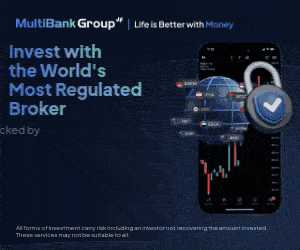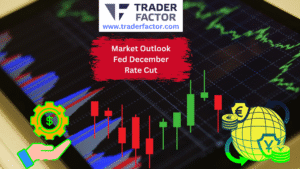
The European Central Bank is leaving no stone unturned in its quest to fight off high inflation.
The 22-year high central bank raised borrowing costs by 25 basis points to 3.5% for the eighth consecutive time, with an assurance of further rate hikes.
Even though the euro zone’s economy is weak, the European Central Bank predicts that inflation will remain above its 2% target until 2025.
Despite the possibility of some more tightening by the U.S Federal Reserve, inflation in the eurozone at 6.1% is still considered unacceptably high by the ECB, which will remain on the tightening path.
Table of Contents
ToggleEUR/USD Surges to Monthly High Above 1.0900 on ECB Rate Hike News
The Euro climbed to its strongest level in a month as the European Central Bank delivered on its anticipated 25 basis point rate hike and promised another increase in July.
Meanwhile, the US dollar fell due to a mix of conflicting economic reports, and the currency pair rose further. Experience the excitement of this latest development in the world of forex.
European Markets Take a Tumble
European markets take a tumble following the latest ECB decision. The pan-European Stoxx 600 index dropped by 0.65%, with tech stocks seeing the biggest downturn and telecoms stocks making a slight gain.
The ECB raised its benchmark policy rate by 25 basis points, with future rate decisions expected to be based on data due to uncertainty in the inflation and growth outlook.
Meanwhile, the US Federal Reserve held off on rate hikes but projected two moves before year-end, leaving their borrowing rate at 5%-5.25%.
Asia-Pacific markets performed well, led by Hong Kong, while US stock futures took a dip.

Disclaimer:
All information has been prepared by TraderFactor or partners. The information does not contain a record of TraderFactor or partner’s prices or an offer of or solicitation for a transaction in any financial instrument. No representation or warranty is given as to the accuracy or completeness of this information. Any material provided does not have regard to the specific investment objective and financial situation of any person who may read it. Past performance is not a reliable indicator of future performance.

















